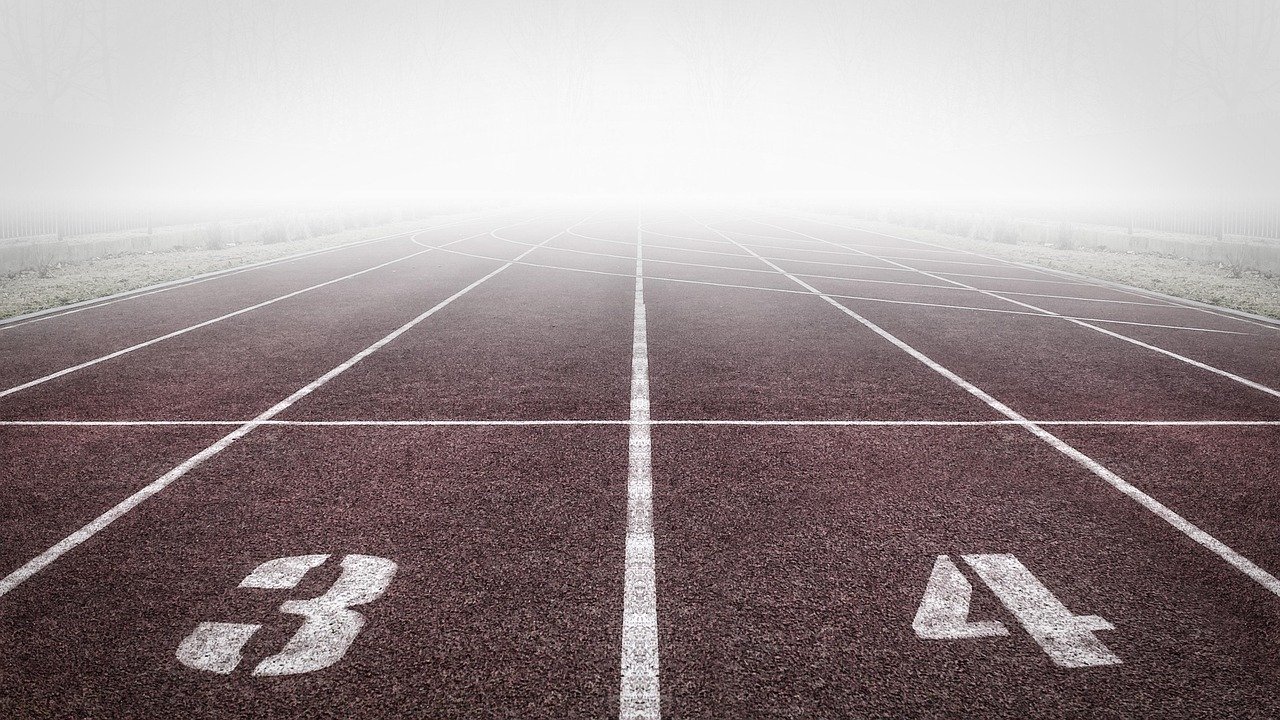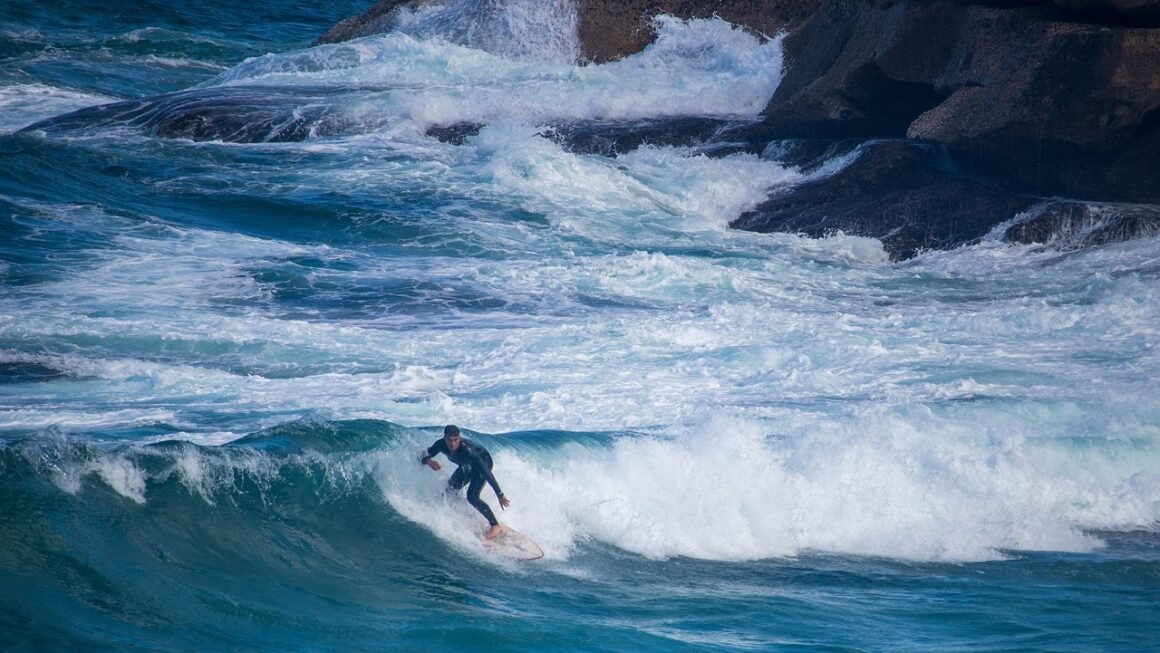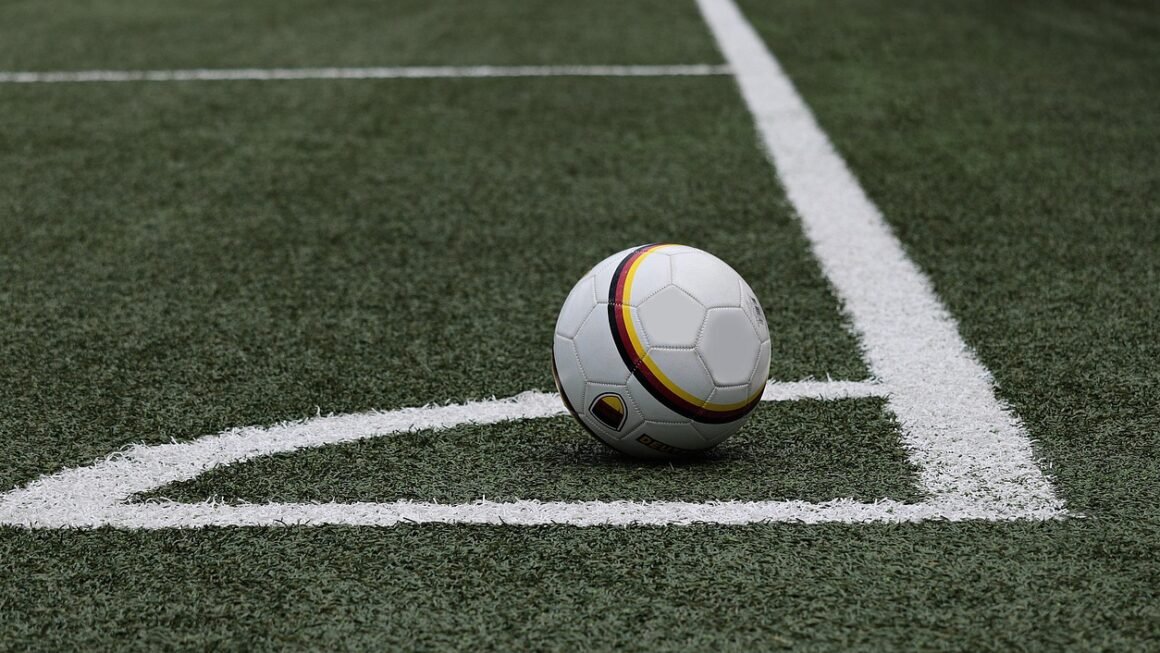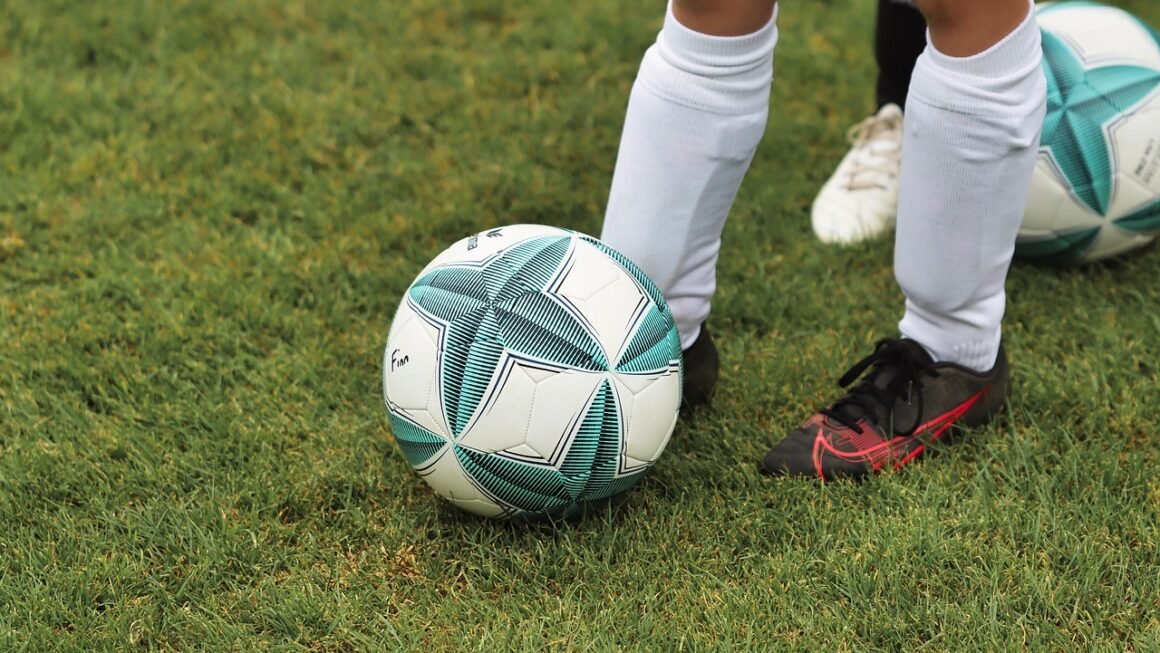Ice hockey, often called simply “hockey,” is more than just a sport; it’s a high-octane spectacle of speed, skill, and strategic teamwork. From the roar of the crowd to the crisp sound of skates carving across the ice, hockey captures the imagination and offers an unparalleled level of excitement. Whether you’re a seasoned fan or new to the game, understanding the fundamentals and nuances of ice hockey can significantly enhance your appreciation for this thrilling sport. Let’s delve into the world of hockey and explore what makes it so captivating.
Understanding the Game: Ice Hockey Basics
The Objective
The primary objective in ice hockey is straightforward: score more goals than the opposing team. A goal is scored when the entire puck crosses the goal line between the goalposts and underneath the crossbar of the opposing team’s net.
The Rink
The ice hockey rink is a rectangular surface with rounded corners. Key features include:
- Size: Typically 200 feet long and 85 feet wide, conforming to NHL standards.
- Zones: Divided into three zones: the offensive zone (where the team is attacking), the defensive zone (where the team is defending), and the neutral zone (between the blue lines).
- Face-off Circles: Used to start play at the beginning of each period and after stoppages.
- Goal Crease: A semi-circular area in front of each goal that protects the goaltender.
Players and Positions
A standard ice hockey team consists of six players on the ice at a time:
- Forwards (3): Typically include a Center, Left Wing, and Right Wing. Their primary responsibility is scoring goals.
- Defensemen (2): Focus on preventing the opposing team from scoring and moving the puck out of their defensive zone.
- Goaltender (1): Also known as the goalie, responsible for preventing the puck from entering the net.
Teams can also make substitutions “on the fly,” meaning during gameplay, without stopping the clock, allowing for strategic player matchups and fatigue management.
Key Ice Hockey Rules and Gameplay
Penalties
Penalties are infractions of the rules that result in the offending player being sent to the penalty box for a specified period, giving the other team a power play (a player advantage). Common penalties include:
- Tripping: Using a stick or body to cause an opponent to fall.
- Hooking: Using a stick to impede an opponent’s progress.
- Slashing: Swinging a stick at an opponent.
- Interference: Impeding an opponent who doesn’t have the puck.
- Fighting: While less common now, it can still result in major penalties.
Penalties usually last for two minutes (minor penalty) or five minutes (major penalty). A misconduct penalty results in the player being removed from the game for ten minutes, while a game misconduct penalty results in the player being ejected from the game. If a team is already shorthanded due to a penalty, a subsequent penalty will result in delayed penalty, only commencing when the previous penalty expires.
Offsides and Icing
These rules are crucial for maintaining the flow of the game.
- Offsides: Occurs when an attacking player enters the offensive zone before the puck. The play is stopped, and a face-off occurs in the neutral zone.
- Icing: Occurs when a player shoots the puck from behind their own defensive zone’s center red line and it travels all the way to the opposing team’s goal line without being touched by another player. The play is stopped, and a face-off occurs in the offending team’s defensive zone. Icing cannot be called when a team is shorthanded.
Face-offs
A face-off is how play is restarted after stoppages. Two players, typically centers, face each other at a designated face-off circle. The referee drops the puck, and the players attempt to gain possession.
Essential Hockey Equipment
Skates
Hockey skates are specialized footwear designed for speed and agility on the ice. They feature a rigid boot for ankle support and a steel blade for gliding.
Protective Gear
Safety is paramount in ice hockey. Essential protective gear includes:
- Helmet: To protect the head from impacts. Mandatory in most leagues.
- Shoulder Pads: To protect the shoulders and upper body.
- Elbow Pads: To protect the elbows from impacts and falls.
- Gloves: Padded gloves to protect the hands and wrists.
- Pants: Padded pants to protect the hips and legs.
- Shin Guards: To protect the shins from pucks and collisions.
- Mouthguard: To protect the teeth and jaw. Highly recommended.
- Neck Guard: Provides added protection to the neck and throat area.
The Stick and Puck
The hockey stick is used to maneuver the puck. It’s typically made of wood, composite, or a combination of both. The puck is a vulcanized rubber disc, 3 inches in diameter and 1 inch thick, weighing 5.5 to 6 ounces.
Hockey Strategies and Skills
Skating Techniques
Mastering skating is crucial for success in hockey. Key techniques include:
- Forward Skating: Basic movement forward, focusing on stride length and power.
- Backward Skating: Skating in reverse, essential for defensemen.
- Crossovers: Used for turning and generating speed.
- Edges: Using the edges of the skates for precise movements and control.
Puck Handling (Deking)
Puck handling involves controlling the puck with the stick. Players use various techniques to maintain possession, pass, and shoot.
- Deking: Faking movements to deceive opponents.
- Passing: Moving the puck to teammates.
- Shooting: Directing the puck towards the net to score. There are different types of shots like the slap shot, wrist shot, backhand shot, and snap shot.
Team Strategies
Hockey teams employ various strategies to gain an advantage:
- Offensive Strategies: Setting up plays to create scoring opportunities. This includes concepts like the power play formation and breaking out of the defensive zone.
- Defensive Strategies: Preventing the opposing team from scoring. This includes concepts like the penalty kill and zone defense.
- Forechecking: Applying pressure in the opponent’s defensive zone to regain possession.
The Thrill of Watching Ice Hockey
The Speed and Intensity
Ice hockey is one of the fastest sports in the world, with players reaching speeds of over 30 mph on the ice. The constant motion, physical play, and quick transitions create an exhilarating viewing experience.
The Skill and Precision
The level of skill and precision displayed by hockey players is remarkable. From deft puck handling to accurate shooting, the game requires incredible athleticism and coordination.
The Teamwork and Strategy
Ice hockey is a team sport that demands seamless coordination and strategic planning. Watching teams execute intricate plays and adapt to changing game situations is a testament to the power of teamwork.
Conclusion
Ice hockey is a dynamic and captivating sport that combines speed, skill, and strategy. Understanding the basic rules, equipment, and techniques can significantly enhance your appreciation for the game. Whether you’re watching a local game or cheering for your favorite NHL team, the thrill of ice hockey is undeniable. So, grab your jersey, settle in, and prepare to witness the excitement that only hockey can deliver!



